Small molecule chaperones restore acid-β-glucosidase activity
Gaucher disease (GD) is an inherited disorder where the body does not make enough glucocerebrosidase (GCase), an enzyme that breaks down fatty chemicals in the body. GD phenotypes and up to 10% of Parkinson’s Disease cases are caused by mutations in the GBA1 gene coding GCase. Reduced GCase activity appears to be a common feature; carriers with 50% GCase activity do not develop clinical symptoms. Current GCase replacement therapy is only effective for visceral organs and not accessible to the brain.
Pharmacological small molecule chaperones enhanced GCase activity to 50-100% of unaffected control level, signifying potential therapeutic efficacy. These small molecules bind to the target protein GCase, rescuing the mutant acid-β-glucosidase activity by stabilizing the protein and lysosomal localization. Enhancing lysosomal GCase will increase GCase catalytic activity, improve substrate (glycolipids) catabolism, and prevent alpha-Syn aggregation.
Applications
- Neuronopathic Gaucher disease (GD Type 2 and 3)
- Parkinson’s disease
Advantages
- Non-competitive interaction with GCase and allosteric activation
- Lead compound has high blood brain barrier permeability and some central nervous system-drug like properties.
